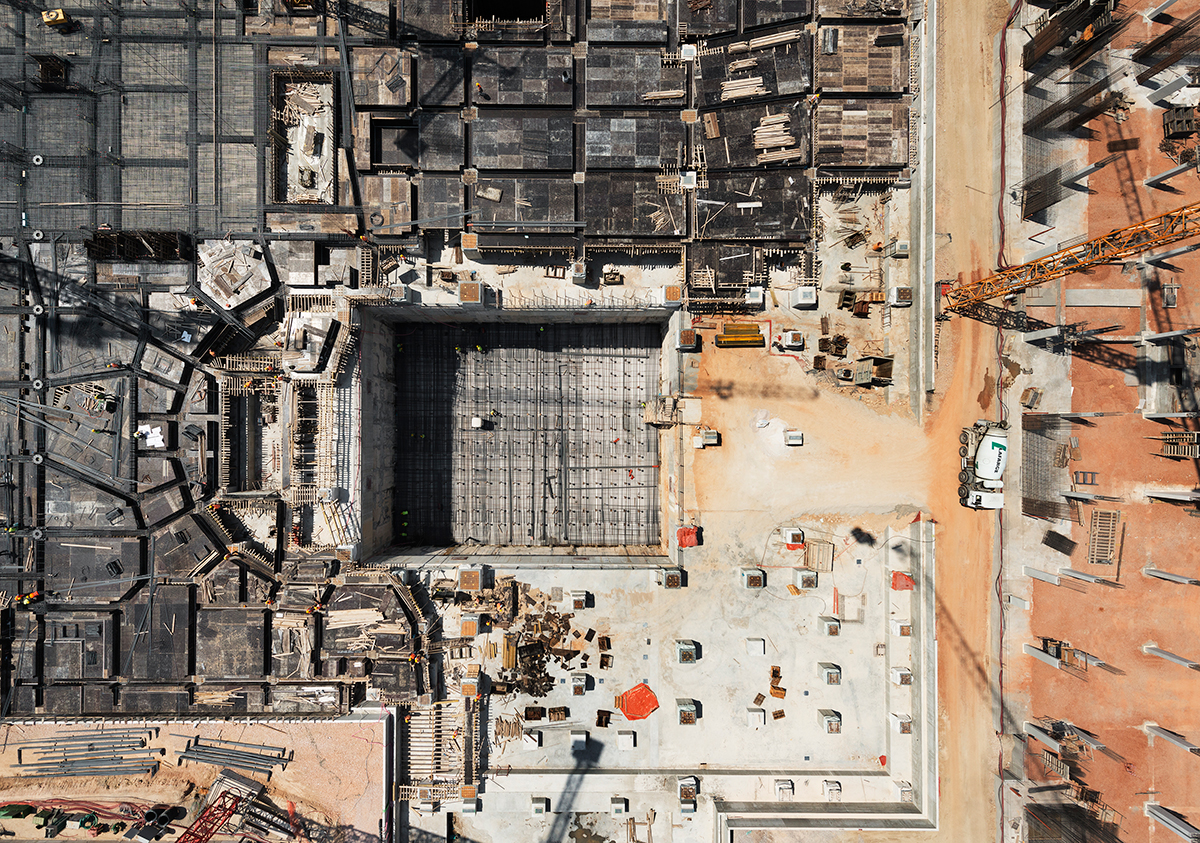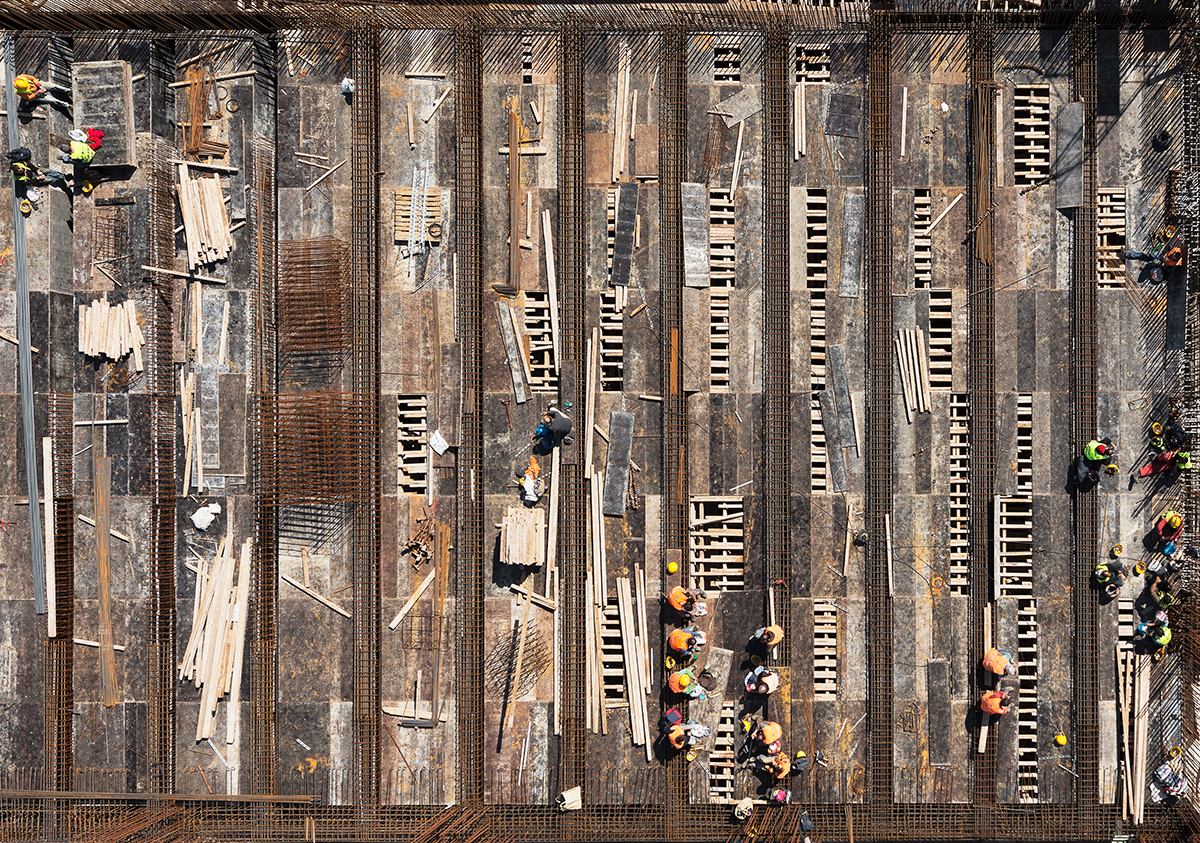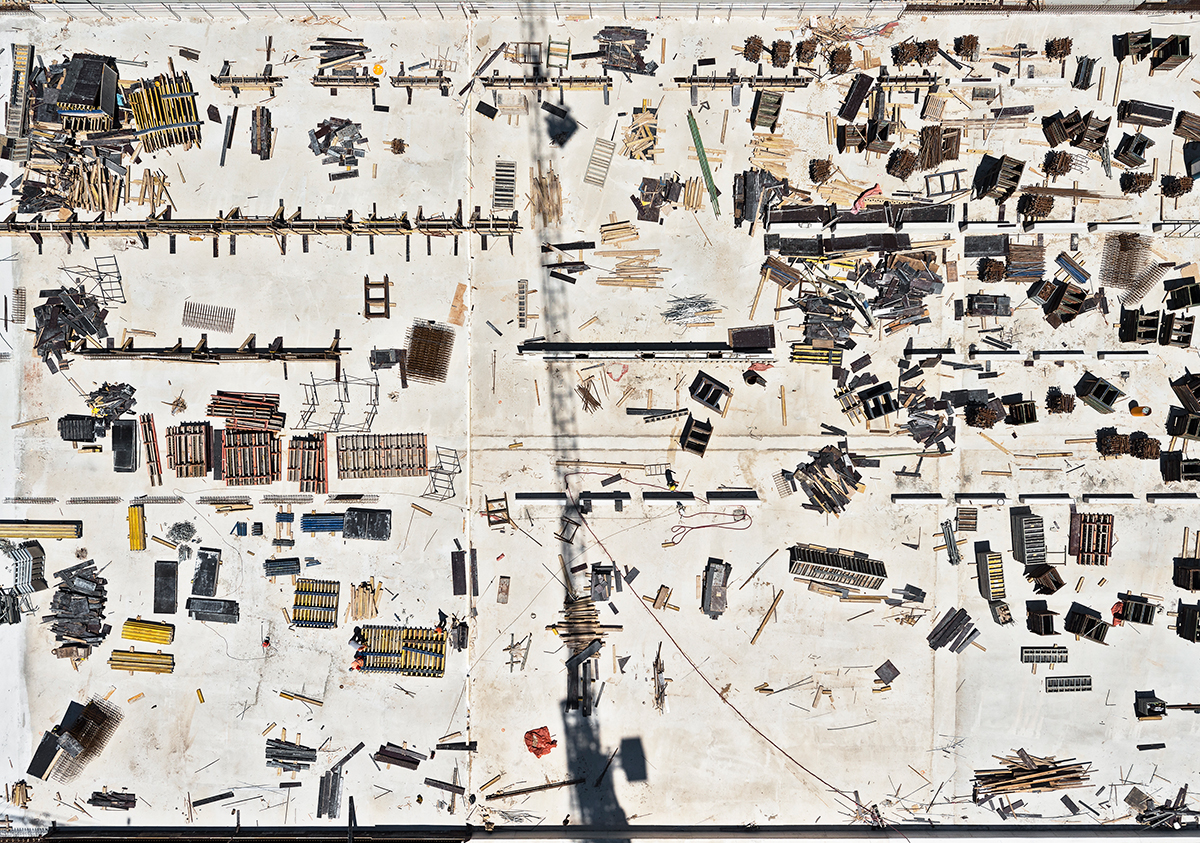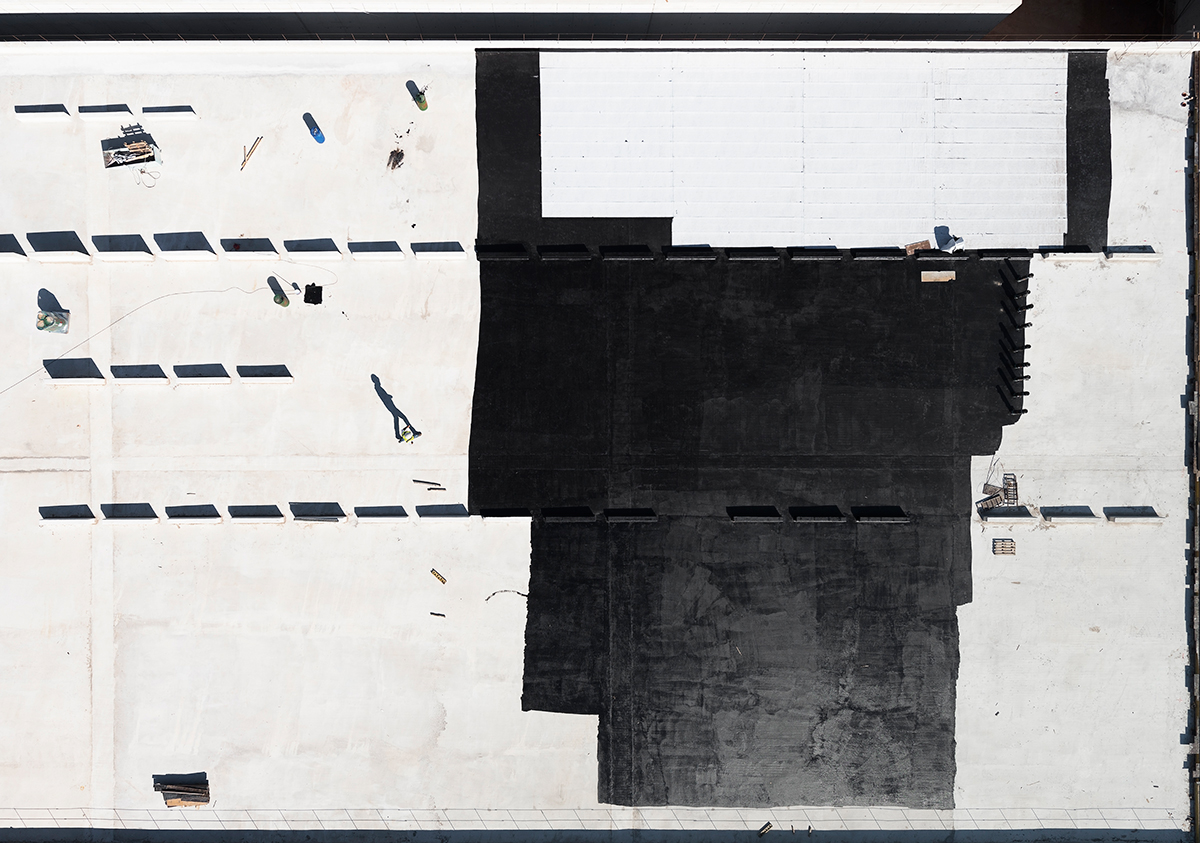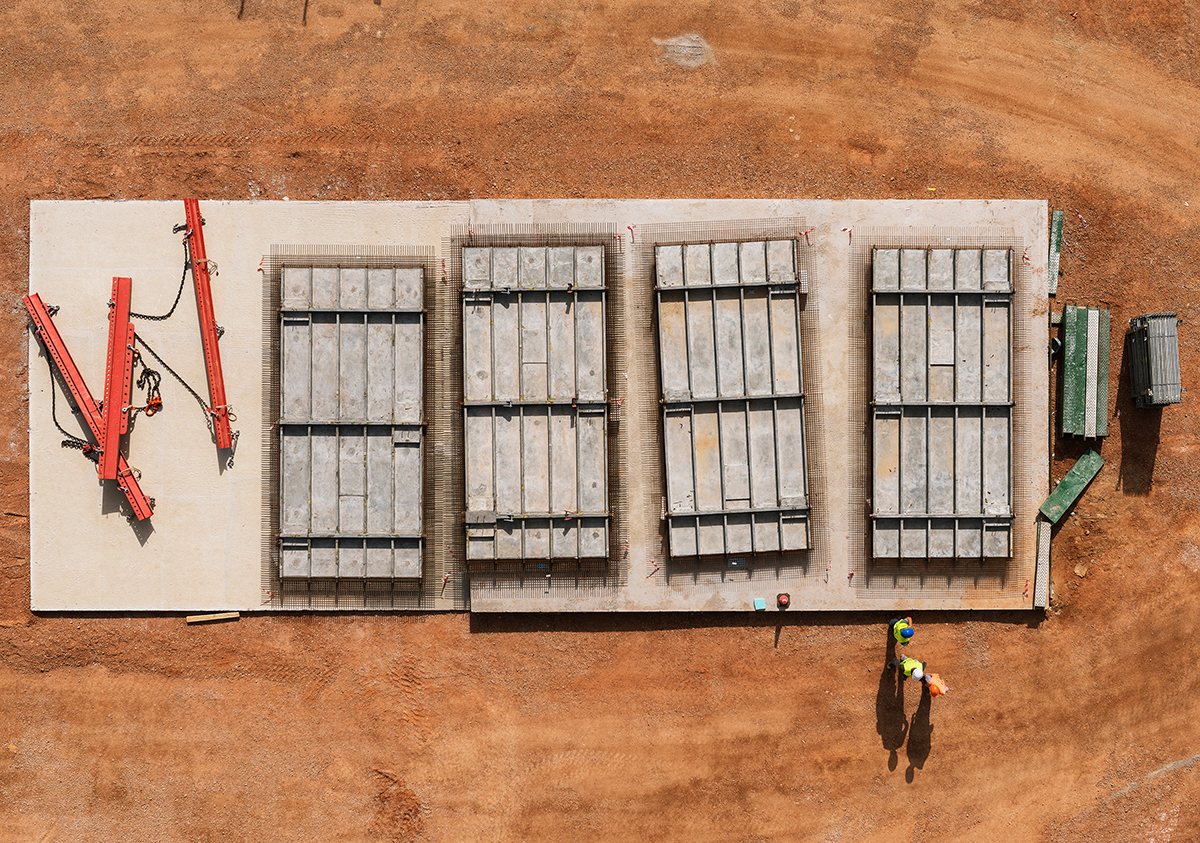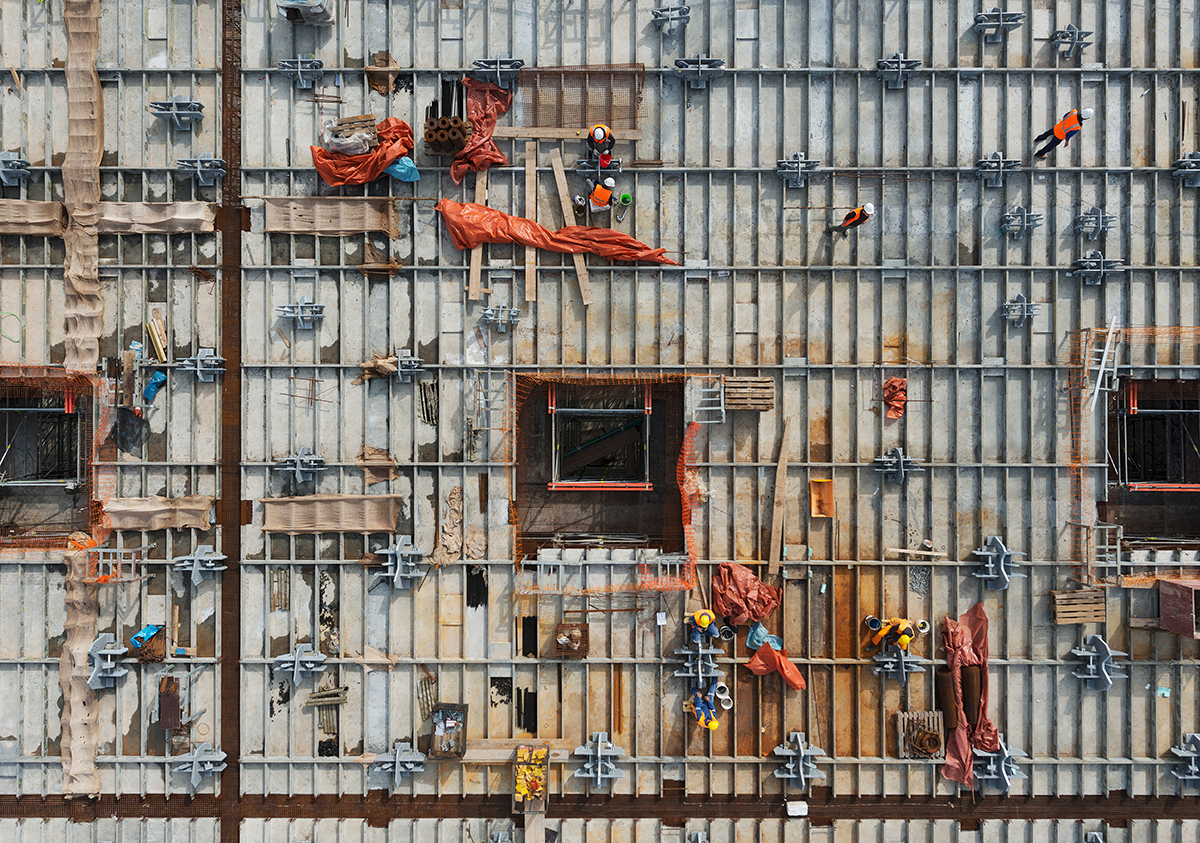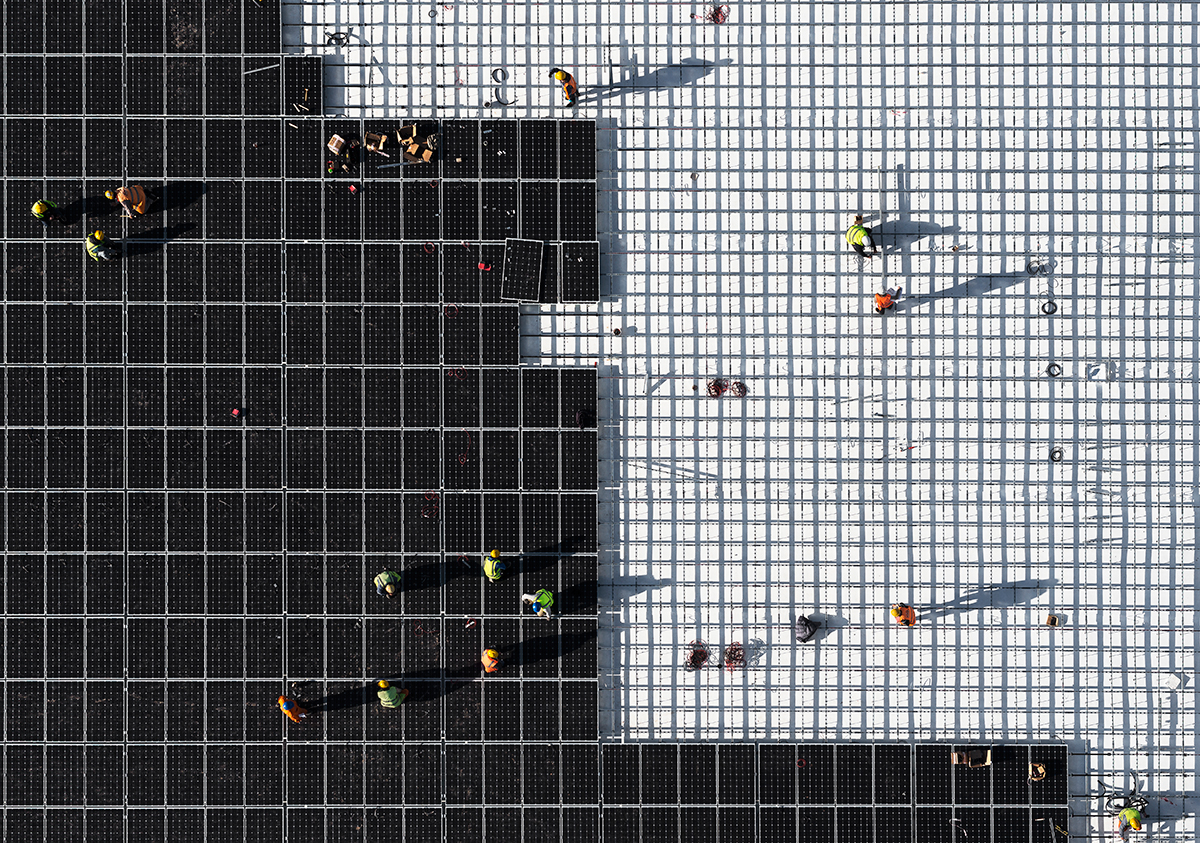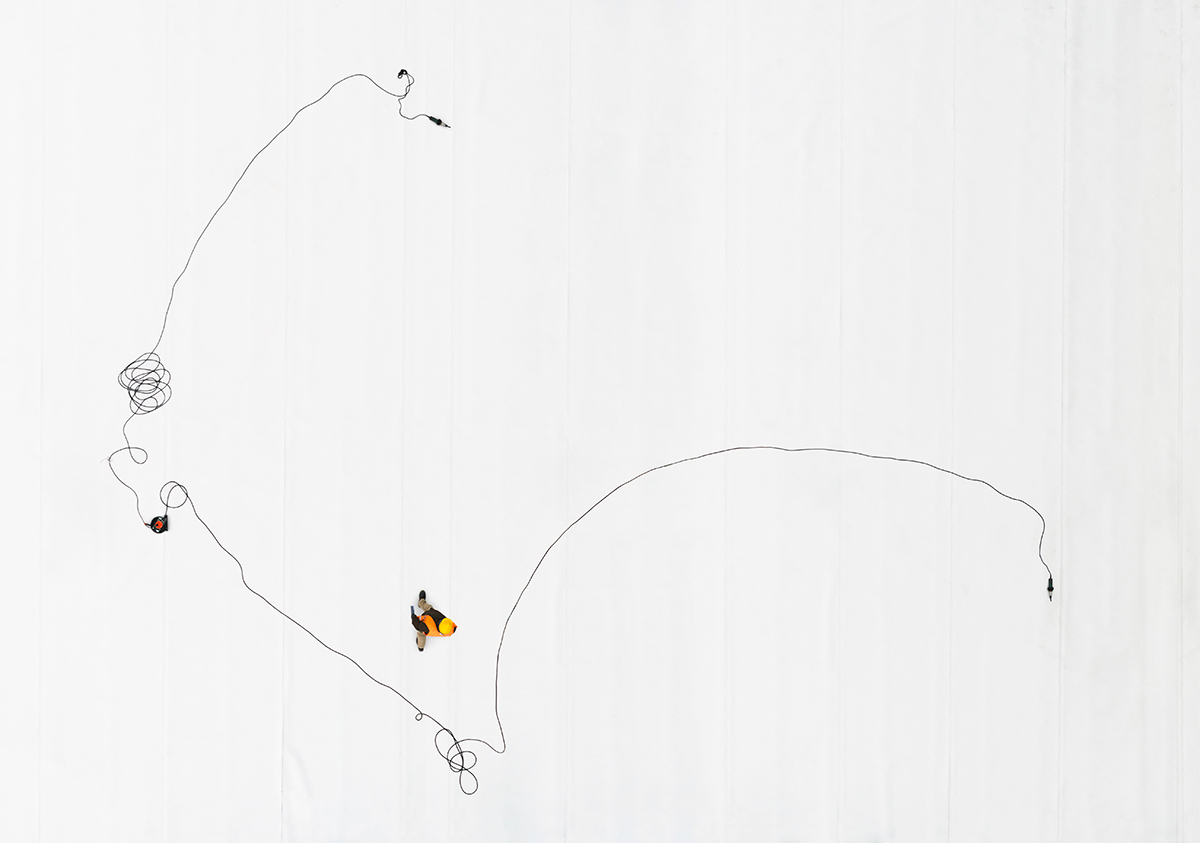We look at the work of photographer, Yiorgis Yerolymbos for our next showcase. His aerial landscapes shot in Athens consider the scale of impact of human presence on our landscape.
Landscape photography offers three verities: geography, autobiography and metaphor. What a landscape photographer traditionally tries to do is to show the past, present and future in one image.
—Robert Adams
I drive south, along the avenue linking Athens with the sea, passing the Acropolis. It is already late afternoon and I am heading toward the construction site on the Phaleron Delta for night shots. Each time I observe the Stavros Niarchos Foundation Cultural Center, I see the present before me, I remember the past, and I think of the future.
I visited this site on the Phaleron Delta for the first time in June 2007, having been invited by the Stavros Niarchos Foundation to document the stages of this Renzo Piano’s unique construction site photographically, as well as through the prism of my experience as an architect. On that first visit, the ground was covered from edge to edge with asphalt. No matter where you looked, there were no views or vegetation. Human presence and scale were non-existent: it was a no-man’s-land.


Since that time, slowly and steadily, without fanfare or tension, the landscape has changed radically. Hundreds of workers and engineers were installed and heavy machinery set to work, forever reshaping this place, transforming it gradually from a residual urban void to the city’s cultural and artistic center.
Privileged to be a spectator in this world, I spent nearly a decade of my life at this construction site. I photographed it by day and by night, in winter and in summer, during the cold and in heat waves, alone and among crowds of workers. Of all the images that have been captured, one autonomous grouping stands out: the ground-plan photographs of the construction of the Cultural Center, images that were created during my aerial orbits from the site’s tower cranes.
Ascending the cranes took some getting used to. After I had some experience, I began to go out along the boom, the horizontal beam that extends from the crane and lifts the loads. But looking down from that perspective, the largest part of my camera’s frame was taken up by the crane itself, no matter how I angled the photograph.
The solution was to distance myself as much as possible from the vertical axis, going right to the edge of the boom. So I put on a safety belt, was harnessed to the metal basket, and, taking a deep breath, asked the crane operator to hoist me as high and as far out as possible. And there it was! The ground plan of the site appeared before my astonished eyes. With one eye on the camera viewfinder and the other on the level to ensure a position parallel to the ground, I began to make picture after picture without stopping, so as to not give myself time to think about where I was. I watched the workers while hovering exactly over them—at a height of 35, 80, or even 115 meters—and yet invisible to them, as they were all hard at work; no one glanced upwards. In each image I made, I used the basic lines of the building under construction in front of my lens as the axes of my composition.



With each “flight,” I realized that the vision of the construction site from above was for me both a revelation and a relief. A revelation because the spectacle captivated the gaze of the photographer in me; and a relief because the ordering of space through the ground plan organized everything in the mind of the architect in me. Suddenly everything fell into place, and the central approach of my own project became crystal clear: it would be a documentation and interpretation of the evolving landscapes of the construction site, following the vocabulary of architecture, but recorded in the language of photography.
What was my objective? That the photographs of the Cultural Center’s ground plans render the intermediate, formative moments of architecture as visual events, maintaining their autonomy, each with its own significance and dynamic, preserving these moments from oblivion. For this to be possible, the images must strike a balance between the two disciplines they engage: they must be true both to the reality before them, architecture under construction, and at the same time to the art of photography.
And the ground plan? Although used by builders since antiquity, the ground plan became an integral part of architectural studies during the Renaissance. Leon Battista Alberti was the first to describe the architect’s drawing as distinct from that of the painter, arguing in his 1435 treatise De pictura that while both attempt to reveal depth, they follow completely different methods. Contrary to the painter, the architect emphasizes in the precision of following quantifiable, measurable data. His drawing in this way may serve as a “guide” for construction that liberates the creator-conceiver of the building from the laborer-builder. Alberti named such drawings “Orthographs.”



In the photographs of the Stavros Niarchos Cultural Center, the effects of perspective are recorded with precision, and human scale is accounted for with consistency. My hope is that—just as the architectural drawing has its own life, separate and free from the bricks-and-mortar structure—these photographs may hold their own meaning, as documents of this extraordinary building project, and perhaps something more. I could not think of a way to more comprehensively describe these images than to borrow Alberti’s title, “Orthographs.”
During the construction of the SNFCC, I had the privilege of observing a landscape in transition. Now that the project is complete, its users—lovers of music, readers, strollers in the park, families, and other visitors—will perhaps be under the impression that the place was always there in the form in which they see it.
My hope is that the photographs of the construction of the Stavros Niarchos Foundation Cultural Center will serve as a compelling record of the major changes that took place in this landscape before the dynamics of the final result made them self-evident—before they were taken for granted. Photographs, after all, have the power to transmit not only the news of the present day, but also the memory of the past and the anticipation of that which is to come.
Note: The words of photographer Robert Adams that open this essay are from California: Views by Robert Adams of the Los Angeles Basin, 1978–1983 (San Francisco and New York: Fraenkel Gallery–Matthew Marks Gallery, 2000).


For more from our showcase and to get your work seen, click here.
For more of Yiorgis Yerolymbos, click here.
